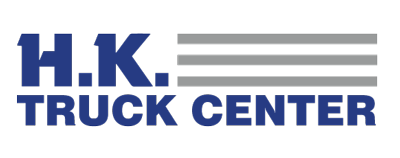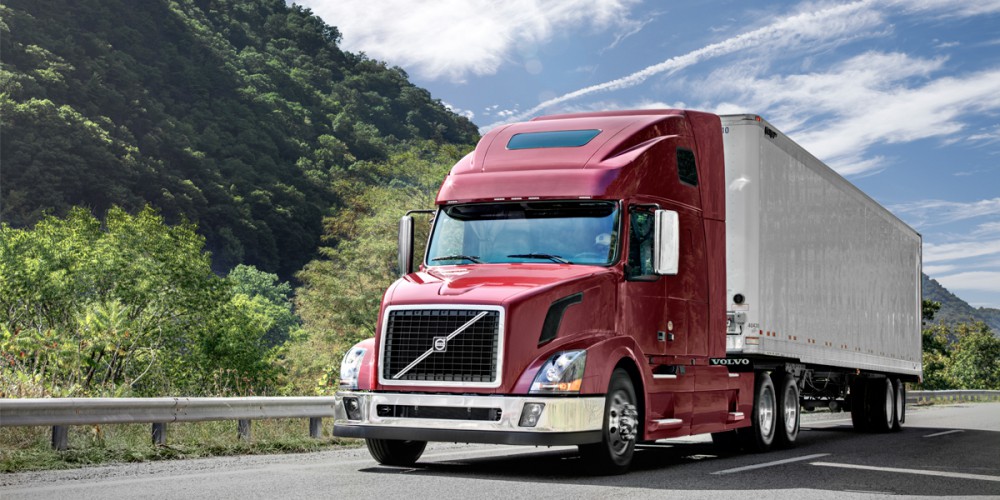
Top Concerns for Fleets in 2024. What’s Changed and What Hasn’t
Last year, I posted a blog about the many challenges our industry was facing. As we welcome a new year, some of those challenges have grown less pressing…others have increased in intensity. This blog will look at how things have changed (or haven’t) and how the industry should move forward.
Inflation and interest rates – Last year, there was real fear of a recession, even as the Fed kept raising interest rates to help curb inflation. Things have definitely gotten better but now is not the time for celebration. From the groups that I’ve spoken with, recession is still in view…the debate is whether it will be a soft landing or a large disruptive event. For that reason, many organizations are budgeting for a year of flat growth. Inflation is dropping but it’s still higher than it should be. And while interest rates are levelling off, they have really increased the cost of doing business; so much so that it caused a robust economy to slow down.
Allocations/supply chain – Here’s a situation that flipped within a three-month period, though not in all circumstances. Fleets started getting allocations for 2024 truck orders and slots were quickly filling up. Right now, many companies are not using all their allocations for 1st and 2nd quarter truck slogs. The thing to consider now is what’s going to happen when everybody starts their pre-buy for 2027. I anticipate there’s going to be a bit of a bubble of an opening to order. Though I think availability will disappear soon after it opens up. I’m looking at this as a perfect storm. You think since allocations have opened up and you can get the vehicles you need, the next ordering time, three years down the road, will have the same situation. Don’t count on it. If you are going to try and beat the increases model year 2027 trucks will have in investment, they’ll need to be ordered by the end of 2025…at the latest. That means you need to complete your 2027 strategic planning by the end of 2024…that’s literally around the corner when it comes to business planning. This becomes more complicated when you figure in the kind of fleet you’ll need in the future (BEVs), but I’ll address that later in this blog.
As far as supply chain issues, it’s actually the body companies that are having some of the biggest issues. Although Class 8 truck allocations have opened up, when it comes to Class 6/7 trucks, the situation is quite different. Body manufacturers are way behind, averaging between 300 to 400 days from the order. We have some trucks that are over 600 days from when we order to the time when the truck comes in. This puts fleets that rely on Class 6/7 trucks at a clear disadvantage. It’s not just a supply chain shortage…it’s also a lack of manpower. It’s a very labor intensive job to put a body on a truck (a great deal of welding, adding liftgates, refrigeration units, etc.) and there just aren’t enough workers available
Aging assets/maintenance needs – This really hasn’t changed much since last time. It’s true that fleets are managing to get more new trucks, but those new trucks are more costly than ever. For the units that have not been replaced yet, maintenance is more important than ever. As far as extending the lifespan of older assets, that’s a combination of preventative and predictive maintenance to keep those trucks safe and operational for longer periods of time. Based on the issues impacting the availability of new Class 6/7 trucks, maintenance for older assets in this class is especially important.
Used truck trajectory – This is really in a deep dive. The trajectory has dropped 40% this year and I honestly don’t see it getting much better as least in the short term. The reason that the used truck market was so hot was due to the supply chain shortage, increased freight, and lack of allocations for new trucks. As fleets started getting those new trucks, that put more older assets that needed to be sold, flooding the market.
Worker shortages – The worker shortages continue and will likely do so for the foreseeable future. The recruiting and retention issues still exist and will have to be dealt with, especially with existing drivers and mechanics increasingly aging out of the industry. However, another issue here is the gains made in worker salaries mean increased labor costs to the business, so any relief in inflation is kind of eaten up by these increased labor costs.
Emissions regulations/BEVs – I’ve decided to combine these two (even though they were separate in last year’s blog.) When it comes to emissions standards, fleets have to do whatever is necessary to comply with those regulations. The legislation for BEVs is making some of these future emissions standards and mandates unattainable for many companies. However, that adoption may be longer than many anticipate. That’s because, as not only fleets, but car owners as well, grasp the numerous issues currently facing electric vehicles (cost, infrastructure, mileage), demand is lagging. Many OEMs are drastically cutting production of these vehicles as demand is not matching what many predicted.
That, in turn, is making some states re-evaluate their own timing of regulations. Other states may rethink their emissions standards as well; however, if they don’t that will pose a real issue for fleets. Will they need to convert part of their fleet to BEVs just to satisfy a few states’ rules or will they reconsider doing business in those states altogether? Companies will really have to take a careful look at their bottom line and make tough decisions.
When it comes to BEVs, part of the problem is that the technology is moving so fast that the consumer and businesses (and, of course, infrastructure) can’t keep up. I think of the technology this way: when a disruptive technology emerges that can benefit both people and businesses, that technology figuratively explodes. That type of technology usually takes out a middleman somewhere, giving the consumer (or company) greater control over pricing and availability. I’m thinking of businesses like Uber and Lyft that eliminate the need to hail a cab or call a service. Vacation companies like AirBnb and Vrbo have cut into the hotel business and, again, give consumers many more options. In most of these cases, technology has created a disruption that’s both cheaper and provides greater accessibility.
BEVs don’t follow any of those rules. For our industry, BEVs are 300% more expensive than internal combustion engine (ICE) trucks. That means, if you’re running a BEV, you’re putting yourself at a disadvantage from a competitor running ICE trucks. The BEV is more expensive, it doesn’t go as far and can’t carry as much. The reality is that today’s internal combustion engine is a pretty clean truck compared to the past. Look, we should all be focused on the climate and good corporate citizenship, but we have to make our goals attainable as well and understand the unintended consequences of what we do. Hope cannot be a strategy
Technology/connectedness – I didn’t really touch on this last year, but for NationaLease, increasing our digital footprint is a big initiative of ours over the next two years. Digital transformation is impacting every aspect of the business: ADAS systems are making trucks and their drivers safer; GPS and RFID technology enables logistics to track shipments and optimize routes and delivery schedules; AI -powered algorithms have the ability to analyze huge amounts of data that can be used for more accurate forecasting and inventory management. Even the back office AP and AR departments are helped through automation and digitization, giving companies full visibility into the status of every invoice and payment. Accenture research found that over three-quarters (76%) of freight and logistics companies responded that those who didn’t focus on building their digital capabilities could “seriously endanger their business.” Ultimately, digital transformation will lead to cost savings and greater operational efficiency.
The case for lease vs. own has never been easier to make
As costs for trucks rise; as technology increases; as the economy remains volatile, companies have to find ways to cut costs while maintaining their business objectives. Leasing is the perfect choice for that. Companies that have a small number of trucks in their fleet want to use capital expenditures to grow their business, not to transport product. It’s not only the cost of the trucks, it’s also the technology that keeps changing. Upgrading equipment, training technicians and drivers is expensive and time-consuming. Full service leasing takes that burden away so companies can focus on their core competency. The same holds true for changing regulations and emissions standards. That can be an enormous burden and penalties can be prohibitive.
About Dean Vicha
An industry leader with over 30 years of experience, Dean Vicha’s success in the truck leasing industry comes from the principals of personal responsibility, unrelenting perseverance and confidence focused on the growth of the customers, members, and business partners of NationaLease. Vicha began his career with NationaLease as a National Account Executive for the Midwest in 2005, where he substantially grew the National Account Program to more than $447 million in term sales. In 2008, he became Vice President of Member Services, executing a strategy that provided a sustainable competitive advantage to NationaLease members and growing the membership base. In 2010, Vicha became the Vice President of National Accounts, leading that team to a record-breaking year in sales. In 2012, Vicha was named President of NationaLease, where he helps members increase their market share and decrease their cost of business. In the last decade, he has grown the company in terms of size and scope. Today, NationaLease has more than 1,000 locations and a fleet count of over 184,000 throughout the United States and Canada. In his downtime, Vicha enjoys spending time with his wife, Whitney and children Riley and Brendan and playing golf or attending a sporting event. Vicha is a 1992 graduate of Illinois State University.




